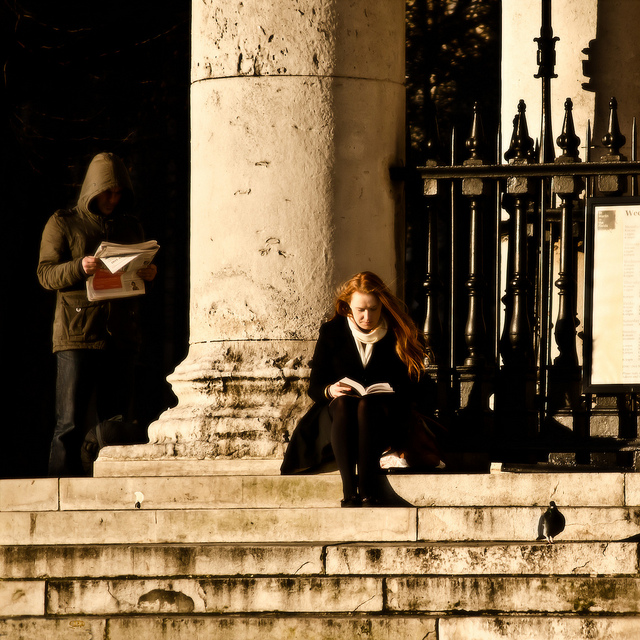By ANNA GLAZOVA
the superior sun will never move
chained into itself by the moving heft.
for us the sun moves and pulls
the heft behind
By ANNA GLAZOVA
the superior sun will never move
chained into itself by the moving heft.
for us the sun moves and pulls
the heft behind
The dark-winged prostitutes at the bus station in Boston
Look like pleasure boats or better sharp-breasted bathing beauties
At full sail on the waters of Saint-Malo
But this analogy like cheap shorts is too tight
And chafes your thighs
Polina Barskova, Anna Glazova, and Maria Stepanova belong to the last generation of Russian poets formed by the Soviet experience. Born in the 1970s, they are old enough to have visceral memories of Soviet life but young enough to move adeptly with the new influences, new media, and new choices introduced in the post-Soviet era. Educated in Soviet, European, and U.S. universities, they share a cerebral firepower they exercise in their chosen professions—Barskova and Glazova as scholars, teachers, and translators, Stepanova as an influential online journalist. Together they represent a contemporary Russian culture that extends beyond national borders: Barskova has immigrated to the U.S., Glazova is based in Germany, and Stepanova is a lifelong Muscovite.
This month we are featuring eight new poems by four The Common contributors:
The first sound is the gong
Of a dumpster, kicked possibly
By one of the homeless twins
Who live at The Mission, followed
By the rattle of glass and aluminum—
Signs of early success—against the cages
Of their grocery carts filled with cans, bottles,
Anything stamped with 5¢ deposit
Next to our state’s abbreviation.
It’s our pleasure to bring you new poems by four poets whose work will also appear in an upcoming print issue of The Common.

Our July poetry feature celebrates the distinguished career of The Common contributor John Matthias with a selection of several of his poems from the last five decades. This year Shearsman Books completes the publication of the collected poems of John Matthias in three volumes: Collected Shorter Poems, Vol. 2 (1995-2011), Collected Longer Poems, and Collected Shorter Poems, Vol. 1 (1961-1994).
This June, we’re showcasing poems by five new contributors to the print journal!
Translated by DON SHARE
Everything is filled with you,
and everything is filled with me:
the towns are full,
just as the cemeteries are full
of you, all the houses
are full of me, all the bodies.
Translated by DON SHARE
Morgualos love chimneys, white cotton shirts, the agapanthus, a tree called the seven-skin, the scent of fresh cilantro as it falls into soup, the sound of church bells, and days without clouds.